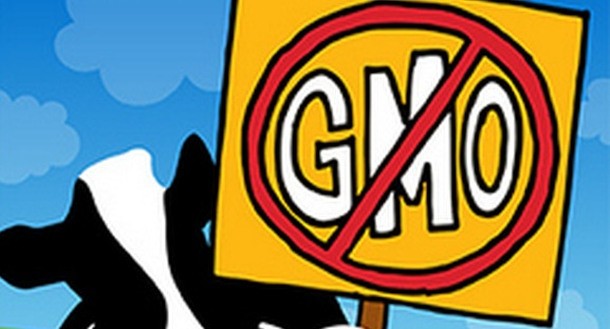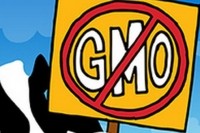Professor: What exactly is this mythical ‘pristine’ alternative to GMOs that presents no risks?

Indeed, if big companies go non-GMO, they won’t all convert to organic supply chains, but will instead source ingredients from firms producing crops via conventional agricultural techniques - the failings of which prompted the development of GM crops in the first place, one professor told a House of Representatives subcommittee on Wednesday.
But when consumers understand the actual choices on a case-by-case basis, rather than the generic mythical ones (dangerous + artificial vs safe + all-natural) they weigh up their options differently, said David R. Just, Ph.D, Professor and director of the Center for Behavioral Economics in Child Nutrition Programs at Cornell University.
“For example, consumers would rather buy poultry that has been genetically modified to resist diseases than chicken that has been fed antibiotics to accomplish the same purpose.”
Consumers tend to consider genetic engineering as a “monolithic technology with a single set of characteristics”
The problem with the catch-all term “GMOs” is that consumers tend to consider genetic engineering as a “monolithic technology with a single set of characteristics”, that is set up in contrast with some mythical all-natural alternative, when in fact it is a multifaceted technology spanning thousands of applications, he added.

“Generally, when consumers consider GMOs, they tend to regard them in comparison to some hypothetical alternative food that is pristine and presents no perceived health risk”, he told the House subcommittee on Horticulture, Research, Biotechnology, and Foreign Agriculture.
“In reality, GMOs are often introduced specifically to eliminate the use of pesticides or other chemical treatments that can present a health risk. This is the case with Bt corn, one of the products consumers are most likely to encounter.”
Genetically modified eggplant in India is helping to reduce pesticide use
Meanwhile, anti-GMO activists in wealthy countries are also those who list concern for developing countries among their highest priorities, he said, which was ironic given that “some of the most successful introductions of GMOs have occurred in developing countries” where low agricultural yields and high levels of disease are a huge problem - and farmers’ health is at risk from excess pesticide spraying to tackle disease.

“Genetically modified eggplant in India is helping to reduce pesticide use and to increase the yields of relatively poor farmers... Genetically modified corn in Africa has helped reduce the prevalence of Mycotoxin Fumonisin in maize, which has been linked to esophageal cancer and birth defects.”
Researchers in Uganda are using biotechnology to reverse the trend of Xanthomonas wilt
Calestous Juma, PhD, Professor of the Practice of International Development at Harvard, added:“Researchers in Uganda are using biotechnology to reverse the trend of Xanthomonas wilt, a bacterial disease that causes discoloration and early ripening of bananas and costs the Great Lakes region approximately $500m annually.”
In Nigeria, meanwhile, the insect Maruca vitrata destroys nearly $300m worth of blackeyed peas and forces farmers to import pesticides worth $500m annually, she said. A GE pest-resistant variety could change this overnight.
There are similar benefits for developed markets, she said, citing transgenic papaya, “which helped save the industry in Hawaii” by tackling a virus that nearly decimated the industry. It now accounts for 77% of the papaya grown in Hawaii.
However, the biggest opportunity probably lies in the development of drought-tolerant maize, sugarcane, wheat, and rice, she said.
Click HERE to read more testimony from the hearing.
Click HERE to read about the explosive growth in Non-GMO Project verification scheme.














